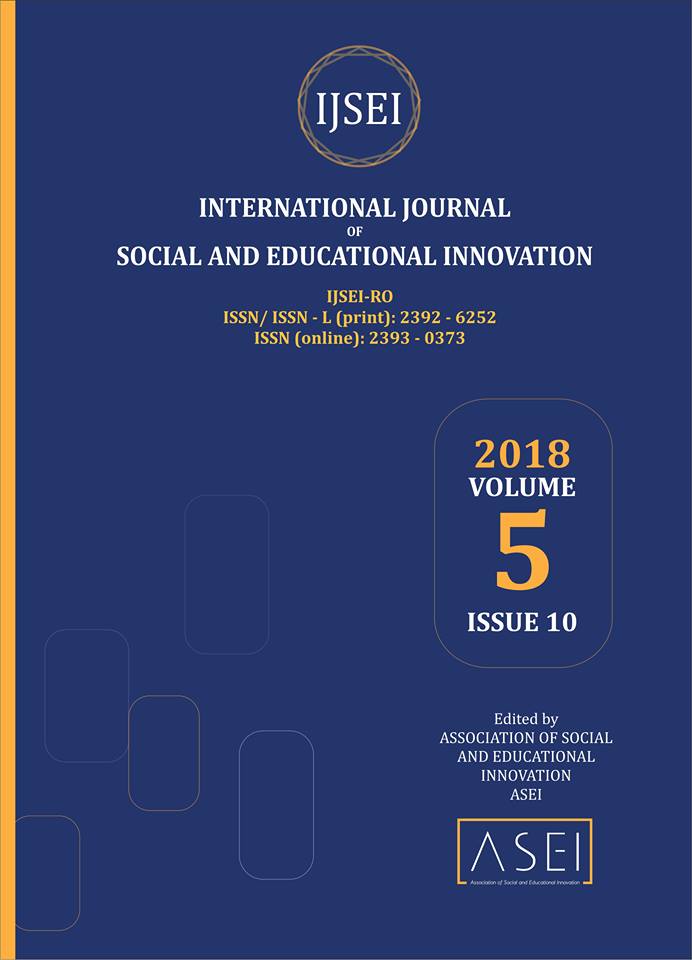Studying creativity in students' learning styles in different
high schools Iran
Studying creativity in students' learning styles in different
high schools Iran
Author(s): Kalantari Masume, Tahan MohammadSubject(s): Philosophy, Social Sciences, Language and Literature Studies, Psychology, Studies of Literature, Non-European Philosophy, Metaphysics, Social Philosophy, Special Branches of Philosophy, Theology and Religion, Islam studies, Philosophy of Religion, Individual Psychology, Social psychology and group interaction, Cognitive Psychology, Comparative Psychology, Developmental Psychology, Experimental Pschology, Neuropsychology, Personality Psychology, Organizational Psychology, History of Religion
Published by: Association of Social and Educational Innovation (ASEI)
Keywords: Learning style; Creativity, schools;
Summary/Abstract: Learning, creativity, and innovation are considered as the axis of the activities of all educational and entrepreneur-based institutions. Learning style of students as one of the factors effective in learning and academic progress has always been taken into consideration. By identifying the learning style and rate of creativity of individuals, each style can be a more appropriate teaching method adopted by teachers and also a more correct method of learning by learners. Accordingly, the main goal of the present article is to identify the differences of learning styles of individuals in different academic majors and the rate of the creativity of individuals in each learning style. The present methodology employed in this research is of descriptive-correlational research design. The statistical population consists of all the last-year students at the high school level in the city of Ghaen. The statistical sample consisted of 115 girls and 117 boys selected by classified sampling. Kolb’s learning style inventory and Abedi creativity were used to collect the required data. These two tools are standardized, therefore their validity is verified. On the other hand, the reliability of the Kolb’s inventory and that of Abedi’s creativity were 0.74 and 79.5, respectively. To analyze the data obtained by Chi-square tests, one-way analysis of variance, Pierson covariance, and stepwise regression were employed. The results show that there is a meaningful difference between the creativity of the students with diverging and assimilator learning styles. Learning styles of students of different branches are also different. Creativity of the students of Mathematicsis more than that of the Humanities and there is also a meaningful negative relation between concrete experiential learning methods and creativity (r=0.702 and p<0.01).
Journal: International Journal of Social and Educational Innovation (IJSEIro)
- Issue Year: 5/2018
- Issue No: 10
- Page Range: 19-30
- Page Count: 12
- Language: English

